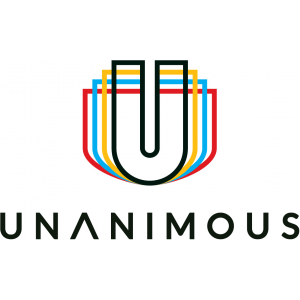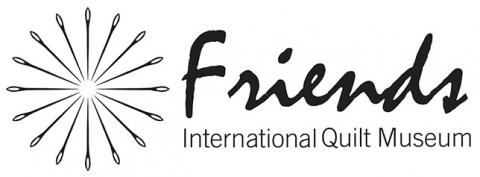Yorgan: The Art of the Turkish Quilt
Yorgan: The Art of the Turkish Quilt

Yorgan is the Turkish word for “quilt.” Quiltmaking has been practiced in Turkey for centuries, from the age of the long-lived Ottoman Empire (c. 1285-1923) to the present day. Intricately block-printed and painted cottons, elegantly embroidered silks, plush velvets, and glistening satins are some of the rich materials and techniques of the Turkish quilt tradition. Utilized in all lifecycle traditions from birth until death, for prestige and practicality, for prayer and communion, the quilt is an integral part of Turkish life. In Turkey, quilts are so familiar they even play a part in common sayings. One aphorism perfectly expresses the universal sentiment, “be careful of overextending yourself”:
Stretching your hand beyond your reach is like stretching your feet beyond your yorgan.
(Kaygusuz Abdal, 14th-century Dervish poet)
In Turkey, yorgans keep people warm, enliven lavish interiors, act as status symbols, and serve as metaphors. In “Yorgan: The Art of the Turkish Quilt,” the International Quilt Museum presents its extensive Turkish quilt collection as a way to document, commemorate, and celebrate this esteemed art and long-lasting heritage.















